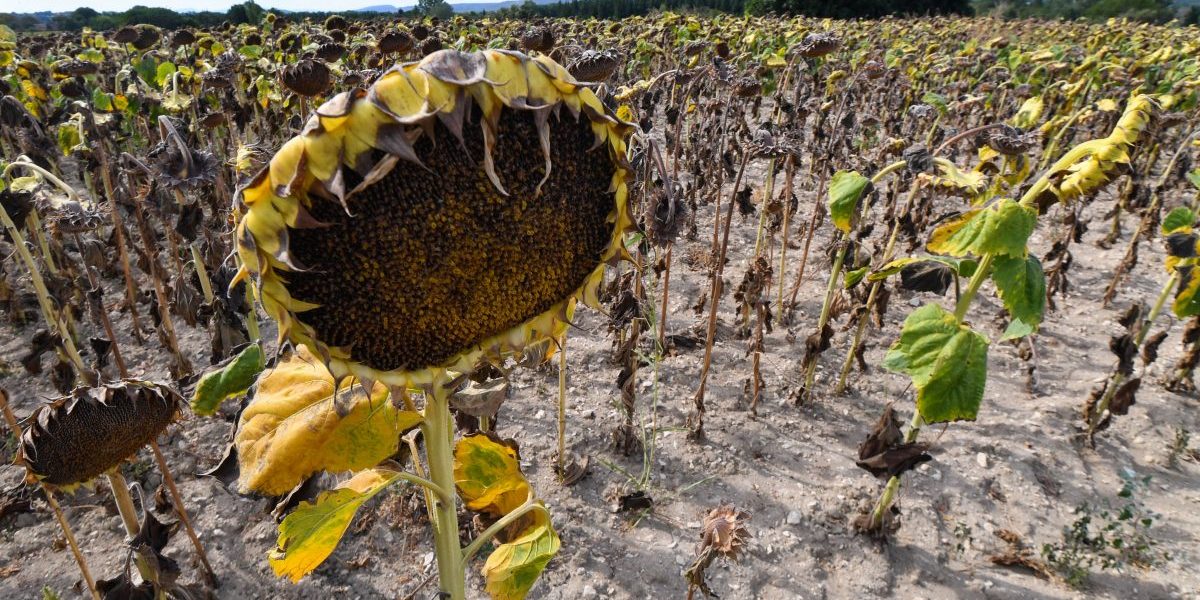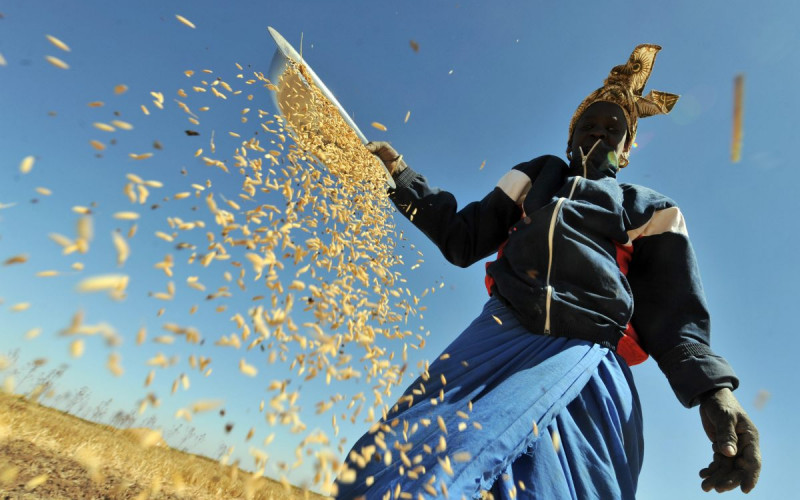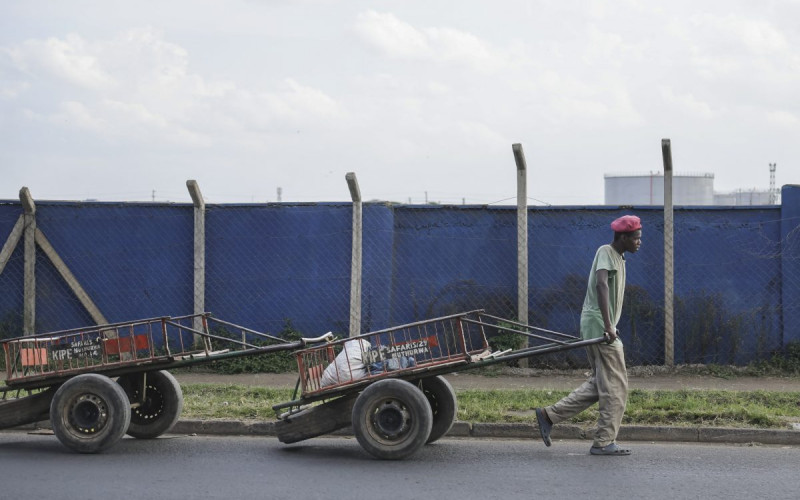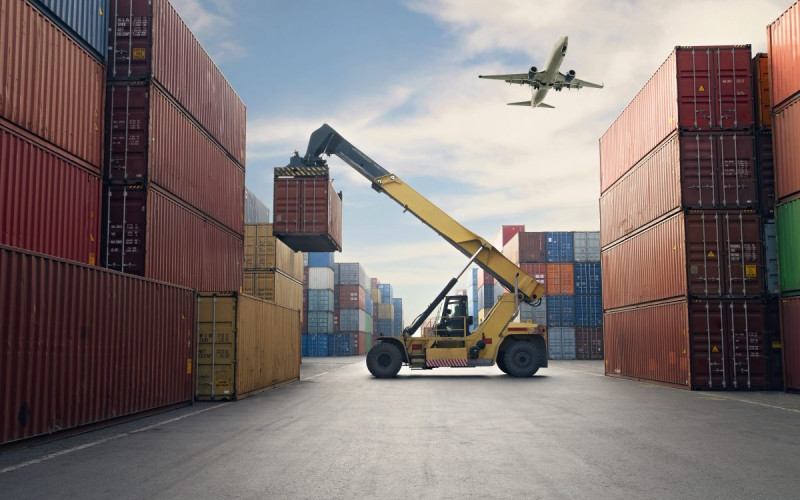Summary:
- Current climate finance levels are not only inadequate but also fail to inadequately target the countries with the most urgent needs.
- In its current form, climate financing tends to favour middle-income over low-income countries.
- Given the limited resources available for addressing climate change challenges, the levels of climate change vulnerability and resilience of each country should be the basis for climate finance allocation.
- Two indices proposed in this paper, namely the Climate Change and Economic Vulnerability Index (CEVI) and Climate Change and Economic Resilience Index (CERI) are designed to measure the vulnerability and resilience of economies to climate change effects and help with the equitable allocation of climate financing.
- The CEVI and CERI indices show that low-income economies, many of which are African, face the highest vulnerabilities and lowest resilience to climate change and therefore warrant a greater share of available financing.
Related Material:






